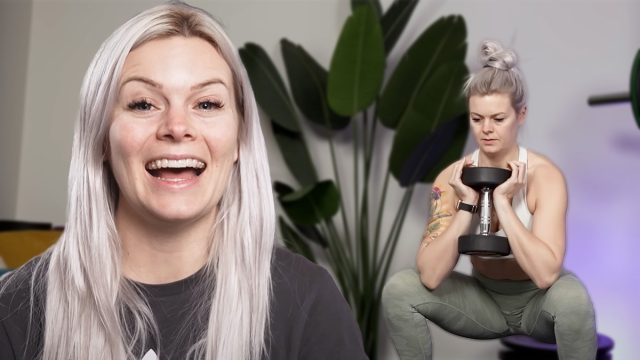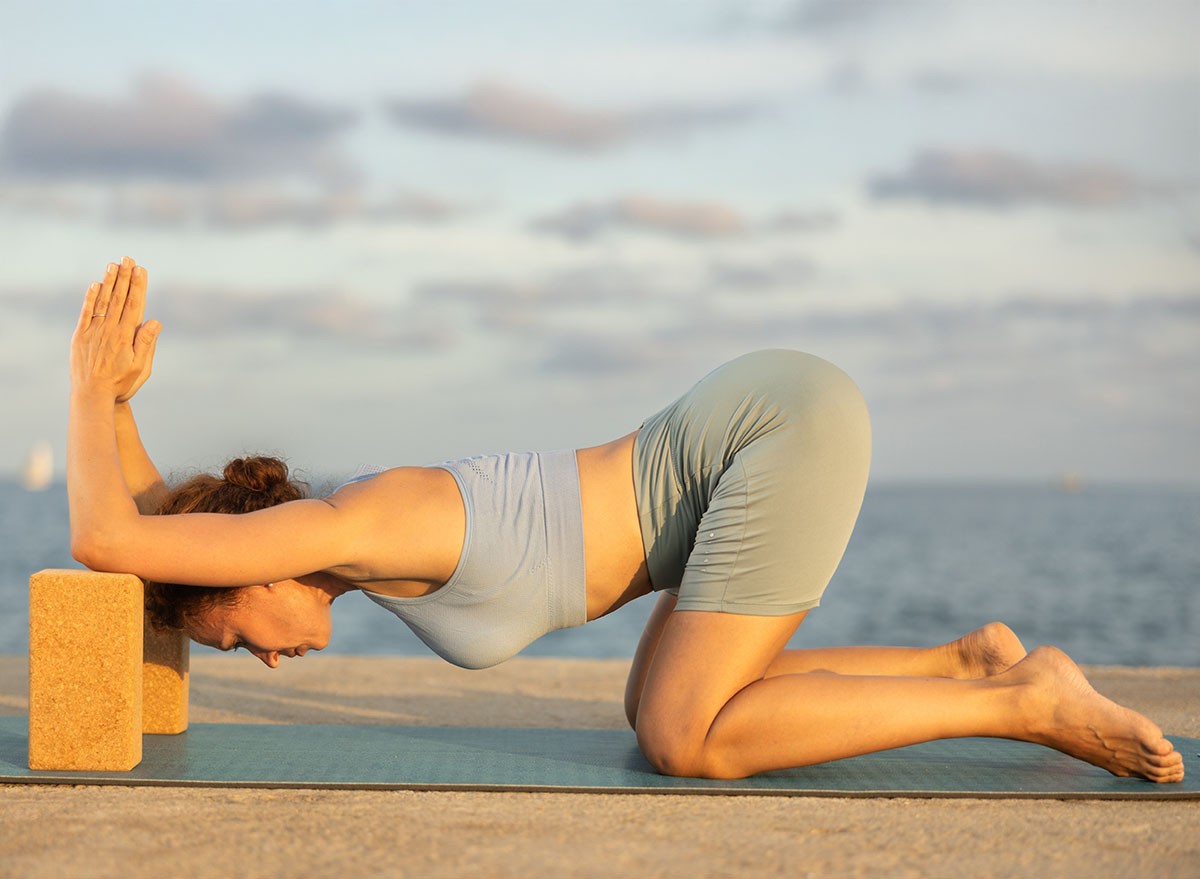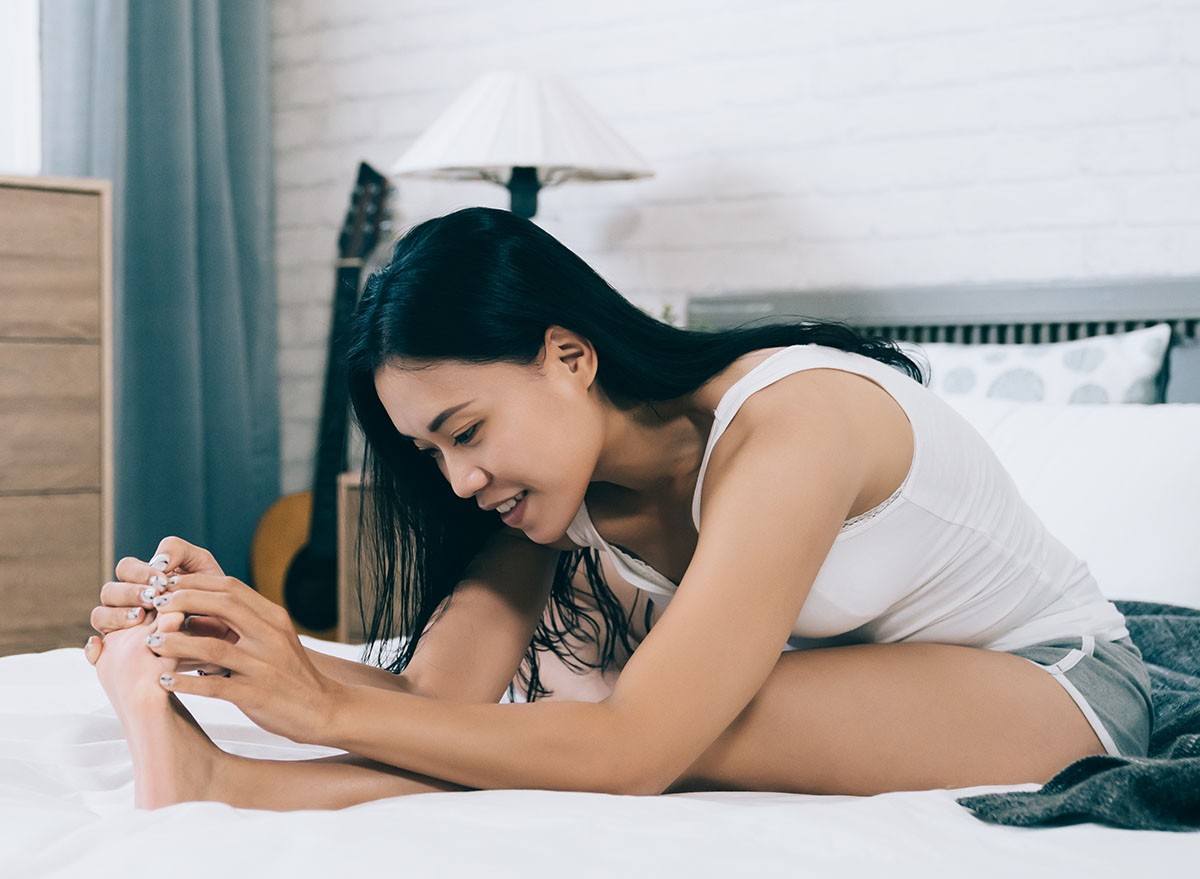These 3 Simple Stretches Will Change Your Life, Says Mobility Coach

Feeling stiff and inflexible despite spending hours stretching? You're not alone. As a certified mobility coach and creator of the Yoga Rebel Method, Liv combines strength training and yoga to help thousands achieve their flexibility goals efficiently. With over 500K YouTube subscribers, she's known for challenging traditional approaches with science-backed methods. Now, she's revealing a simple three-stretch routine that could revolutionize your flexibility training.
The Science Behind Less Is More
"How often you stretch is more important than how long you stretch," Liv explains in her post. Research by Thomas and colleagues proves that spreading your stretching throughout the week yields better results than one lengthy session. What is the optimal weekly stretching time? Just 5-10 minutes total.
Why Most People Waste Time Stretching
According to Liv, studies show that stretching more than 10 minutes per week offers diminishing returns. "Stretching for five minutes or less across the week didn't have as good results as stretching for between five and ten minutes," she notes. "And importantly, more than 10 minutes looks like a little bit of a waste of time."
RELATED: I Got Into the Best Shape of My Life at 50 by Following These 6 "Basics"
The Perfect Stretching Formula
Research reveals that 30 seconds is the optimal time to hold each stretch. "30 seconds is better than 15, but 60 seconds brings no better results," Liv states. Combined with 2-3 sessions per week, this creates the perfect formula for flexibility gains without demanding daily commitment.
The Power of Multiple Sets
Just like strength training, flexibility improves through sets. Citing Taylor's research, Liv explains that optimal gains occur within 2-4 sets of stretches. "Take your stretch, hold it for that optimal 30 seconds and release and rest," she advises, recommending three sets per stretch.
Stretch One: The King Arthur
"Firstly King Arthur stretch at the wall," Liv introduces her opening move. This stretch targets your hip flexors and quadriceps simultaneously, making it incredibly efficient for improving lower body mobility. "Hold it for 30 seconds, switch sides and repeat three sets on each leg," she instructs. This foundational stretch sets the stage for improved posture and better lower body flexibility.
RELATED: 40 Health Symptoms That Can Be More Serious Than You Think
Stretch Two: The Butcher's Block and Frog Combo

Next in the sequence, Liv presents a powerful stretching pair. "Next up Butcher's block stretch. Again hold for 30 seconds then pair this with a frog stretch," she explains. This dynamic duo works together to open your hips and improve overall lower body mobility. Following her method, you'll "hold for 30 seconds and repeat this stretching pair for three sets."
Stretch Three: Single Leg Forward Fold

The final piece of the flexibility puzzle is what Liv calls the single leg forward fold. "30 seconds, switch sides and again repeat for three sets each leg," she directs. This stretch effectively targets your hamstrings while improving overall posterior chain flexibility, making it a perfect closer to the routine.
RELATED: 12-3-30 Walking Method: 20 Proven Tips to Lose Weight Faster
Making It Work For You
The key to success is consistency over intensity. Liv recommends scheduling three 10-minute sessions per week. "Mark your calendars and use that repeat function to keep yourself accountable," she emphasizes. This simple approach ensures steady progress without overwhelming your schedule.
Your Path to Lasting Flexibility
"If you want to improve your overall flexibility ask yourself if you can dedicate 10 minutes of stretching three times per week," Liv challenges. By following these science-backed principles and maintaining consistency with these three fundamental stretches, you're setting yourself up for significant flexibility improvements. Remember, it's not about stretching longer – it's about stretching smarter. And if you enjoyed this article, don't miss these 3 Simple Stretches Made This Coach More Flexible in 2 Weeks.




